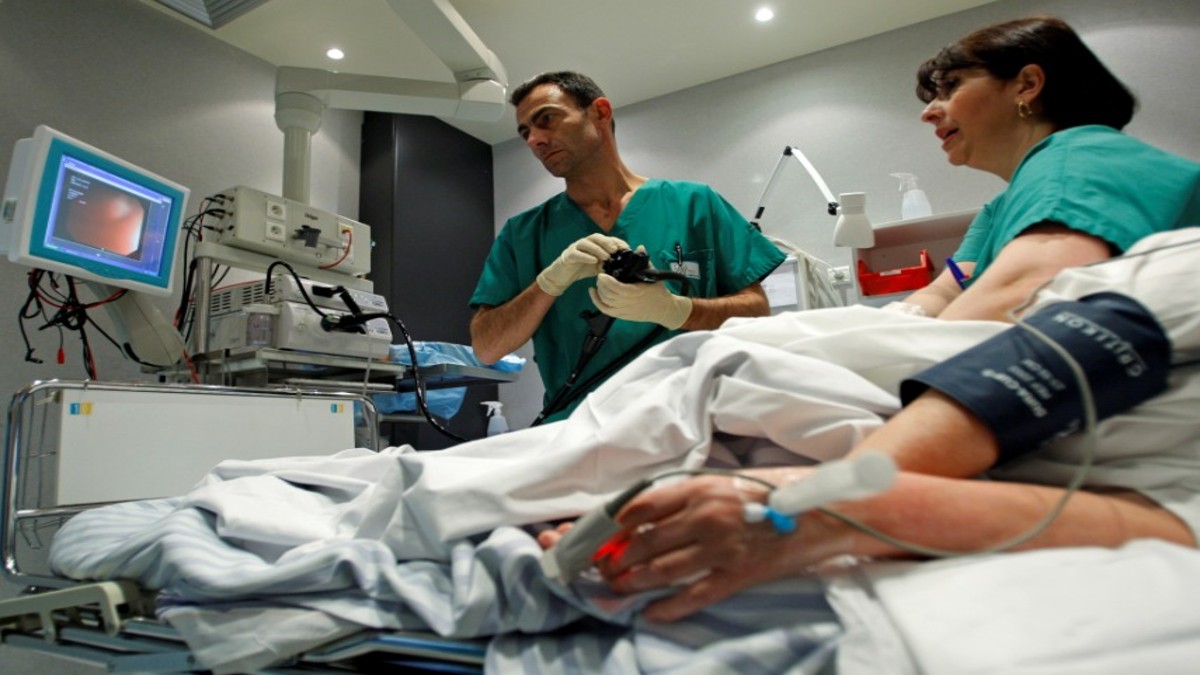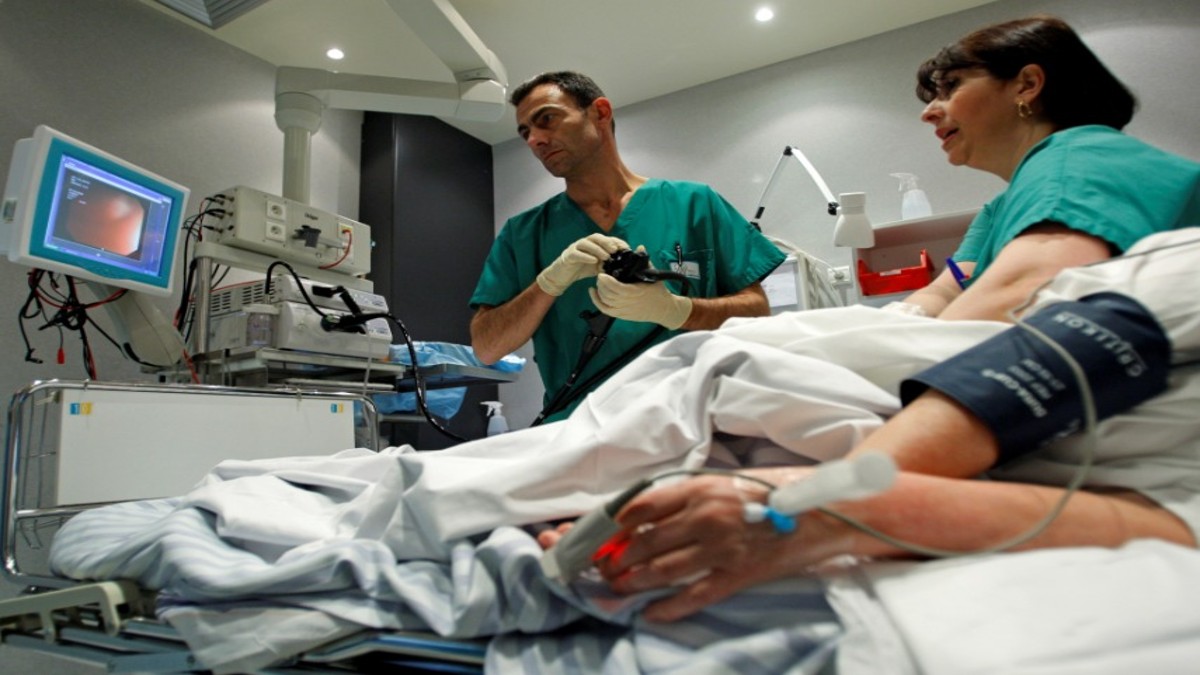Researchers at the Indian Institute of Technology Hyderabad (IIT-H), in collaboration with researchers at IIT Bombay and the Bose Institute in Kolkata, have developed a new type of combination cancer therapy. The treatment combines photothermal therapy with chemotherapy. The rationale: the different mechanisms involved in the two therapies decrease the chances of resistant cancer cells developing. Further, the combination of therapies means that they can be used at their optimal dose - this could help mitigate the side-effects. [caption id=“attachment_7335511” align=“alignleft” width=“380”]
Representational image. Image by PDPics from Pixabay[/caption] It’s still early days for this research. If and when it is successful in clinical trials with humans, the therapy could make it possible to treat cancer patients who are deemed too weak to receive chemotherapy alone. It could also bring down the cost of cancer treatment in India drastically. The researchers published their findings in the peer-reviewed journal Nanoscale.
What is photothermal therapy?
Photothermal therapy involves killing the cancer cells by local hyperthermia - or the application of excessive heat to a specific area. This is achieved by using a photo-absorbing agent. The agent changes light energy to heat energy to kill the cancer cells by irradiation. The researchers at IIT-H also devised a special way to deliver the light-absorbing agent and anticancer drug into the body: through liposomes or lipid nanoparticles that are a hundred thousand times smaller than the width of a human hair! The researchers claimed in a release that these liposomes naturally degrade after transferring their contents, have low toxicity and do not cause adverse reactions within the body. The light-absorbing agent they used was a dye called IR780, and the anticancer agent was cfAC: this is a naturally-occurring substance extracted from the plant Anthocephalus cadamba. cfAC has proven efficacy against cancer cells.
The research
The researchers used mice that had been injected with breast cancer cells for the study. They introduced the carrier into the mice and gave the mice a combination of photothermal therapy and chemo. The treatment worked - there was a reduction in tumour cells in the mice with minimal adverse reactions. cfAC works by producing high amounts of reactive oxygen species that kill off cells. What makes it especially effective, however, is that it is only activated when it is released in malignant cells. Given that the aim of cancer treatments currently is to kill cancer cells while protecting normal, good cells, these are encouraging developments. The hope with this combination therapy is that it works without causing severe side-effects and lowered overall immunity. In cases where the cancer is in a more advanced stage or the patient is too weak, treatment is foregone for these very reasons. These are just the initial steps in bringing the therapy into the mainstream: clinical trials, bureaucratic approvals and fine-tuning are still pending and these developments usually take a considerable amount of time. However, the surge in high-tech technologies such as this, along with CAR-T, are encouraging signs that eventually we will have more in our armoury to combat the big C. The fact that some of these therapies are locally developed could also mean that they may be cheaper than imported technology, and therefore more accessible for India’s 2.25 million people living with cancer. For more on this topic, please read our section on Treatment for Cancer_._ Health articles in Firstpost are written by myUpchar.com, India’s first and biggest resource for verified medical information. At myUpchar, researchers and journalists work with doctors to bring you information on all things health.


)
)
)
)
)
)
)
)
)



